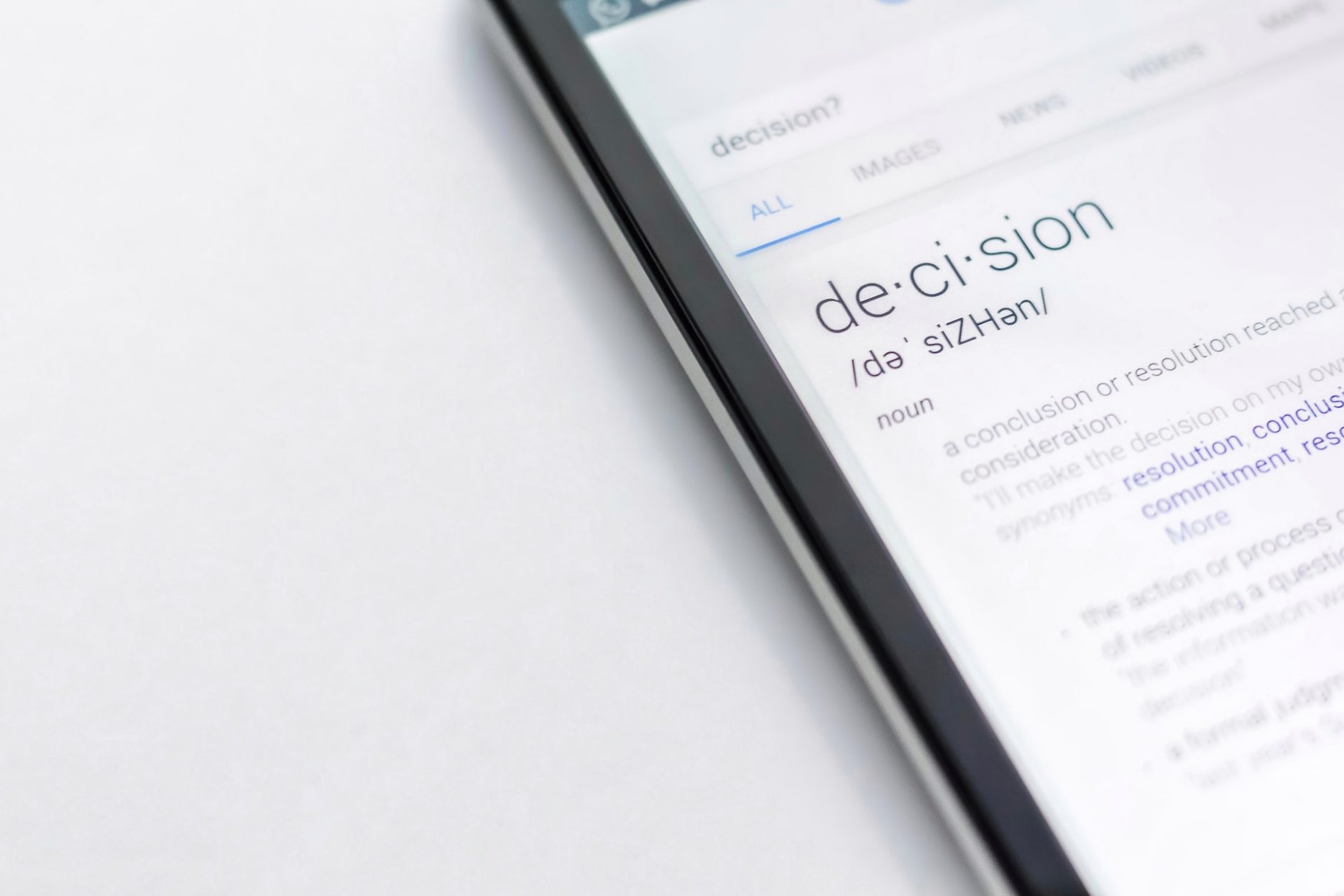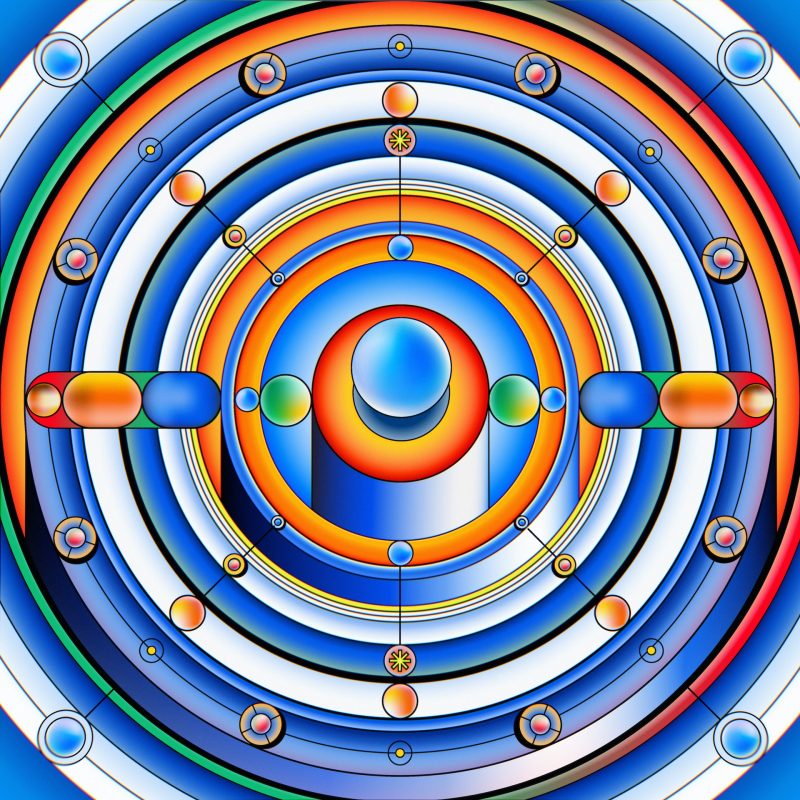Humans have an innate ability to communicate and connect that machines simply cannot replicate. When it comes to translation, this means that human translators can convey the nuances and subtleties of language in a way that machine translation can never match.
Human translators are also able to draw on their own experiences and knowledge to ensure that the meaning of a text is accurately conveyed. In contrast, machine translation relies solely on algorithms and does not take into account the context in which a text is being used.
Finally, human translators can build relationships with their clients and get a deep understanding of their needs. This means that they can tailor their translations to meet the specific requirements of their clients. Machine translation, on the other hand, is a one-size-fits-all approach that cannot be customized to meet the needs of individual clients.
Human translation is more accurate than machine translation
Human translation is more accurate than machine translation for several reasons. First, machines cannot understand the context. This means that they often translate words without considering how they are used in a sentence, which can lead to inaccuracies. Second, machine translations are often literal, which can also lead to errors. Third, machines cannot account for cultural differences, which can again lead to inaccuracies. Finally, human translators have a better understanding of grammar and syntax, which helps them to produce more accurate translations.
Human translators can adapt to different style guides
Human translators are professionals who can adapt their style to different types of style guides. This means that they can translate documents for different purposes and audiences, without losing the meaning or intention of the original text.
This is a valuable skill for businesses or organizations that need to communicate across cultures, or who have multiple target audiences for their content. It ensures that the message is conveyed accurately and clearly, no matter who is reading it.
Human translators are also able to adapt their style to different tone requirements. For example, they can use a more formal or technical document translations style for instructions or legal documents, and a more colloquial style for marketing materials. This flexibility means that businesses can rely on human translators to produce high-quality translations, no matter what the context.
Machine translation is often not compatible with different formats
Machine translation is a process of translating text from one language to another. This can be done using software that is designed for this purpose, or by using online services that offer machine translation. However, machine translation is often not compatible with different formats, which can make it difficult to use in certain situations. For example, if you are trying to translate a document that is in a PDF format, you may not be able to use a machine translation service to do so. This is because PDFs are often not compatible with machine translation software. In such cases, it is necessary to either convert the PDF into a different format or to use a human translator.
Human translators can provide context and cultural understanding
Human translators can provide the missing context and cultural understanding that machine translation often lacks. This is because human translators can understand the nuances and subtleties of language, something that machines are not yet able to do. By understanding the culture behind the language, human translators can provide a more accurate and complete translation. This cultural understanding is essential in fields such as legal and medical translation, where a mistranslation can have serious consequences. In addition to being more accurate, human translations also sound more natural and are easier to read than machine translations. This is because human translators can take into account the flow and rhythm of language, something that machines are not yet able to do. As machine translation technology continues to improve, human translators will likely become increasingly specialized, providing the essential context and cultural understanding that machine translation cannot yet provide.
Machine translation can be expensive and time-consuming
Machine translation is a process of translating text from one language to another. This can be a costly and time-consuming process, especially if the text is long or complex. There are many different machine translation services available, each with its costs and benefits. When choosing a machine translation service, it is important to consider your needs and budget.
Conclusion
When it comes to translation, there is no substitute for a human touch. Machine translation can be helpful in a pinch, but for accurate, nuanced translations, human translators are still the best option. Here’s why:
- Machines can’t pick up on subtlety and context.
- Human translators have a deep understanding of culture and language.
- Machine translations can be comical – or just plain wrong.
- Human translators can adapt to changes and new information.
- Machine translation is no substitute for a human touch.
If you need accurate, reliable translations, entrust them to a professional human translator.




